The Most Dangerous Roads in the World: A Thrilling Adventure
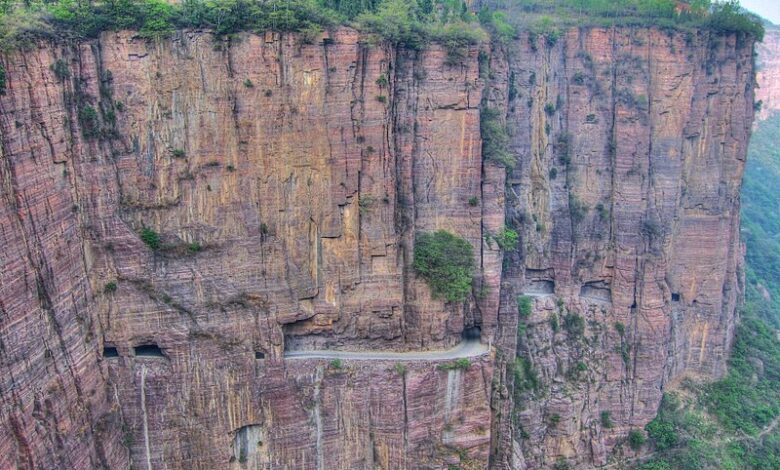
Note: This article aims to explore the most dangerous roads in the world and the unique challenges they present. From treacherous mountain passes to remote highways, these roads demand the utmost caution and skill from drivers. Join us on this thrilling adventure as we delve into the heart-stopping details of these perilous routes.
Introduction
Driving can be an exhilarating experience, but some roads take the thrill to a whole new level. These treacherous routes, scattered across the globe, test the nerves and skills of even the bravest drivers. From hairpin bends and sheer drops to extreme weather conditions and unpredictable terrain, these roads pose a constant risk to those who dare to traverse them.
In this article, we will explore the top 10 most dangerous roads in the world. Each road has its own unique set of challenges and dangers, making them a true test of courage and skill. So buckle up and join us on this adrenaline-fueled journey through some of the world’s most perilous routes.
1. James W. Dalton Highway, Alaska ( United States)
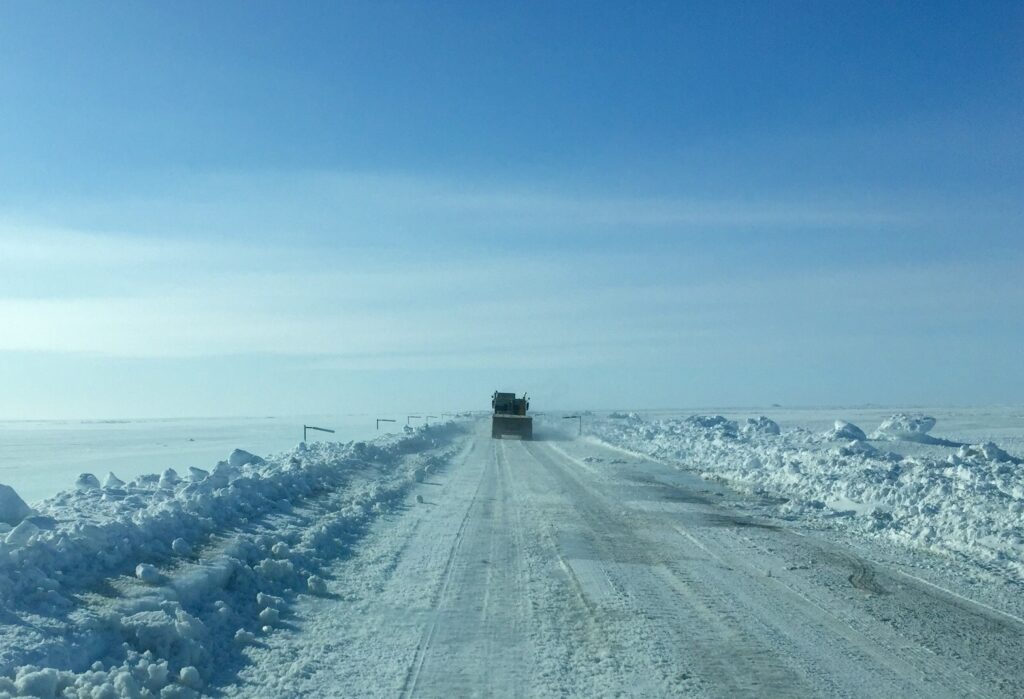
Our adventure begins with the James W. Dalton Highway, also known as the Dalton Highway, which stretches for 414 miles through the remote wilderness of Alaska. This gravel road, named after the engineer who supervised its construction, serves as a crucial supply route for the Trans-Alaska Pipeline System.
The Dalton Highway is not for the faint of heart. It features steep gradients, limited visibility due to extreme weather conditions, and a lack of amenities along the way. With only three towns and fuel stops across its entire length, drivers are strongly advised to carry survival gear and provisions in case of emergencies.
2. North Yungas Road, Bolivia
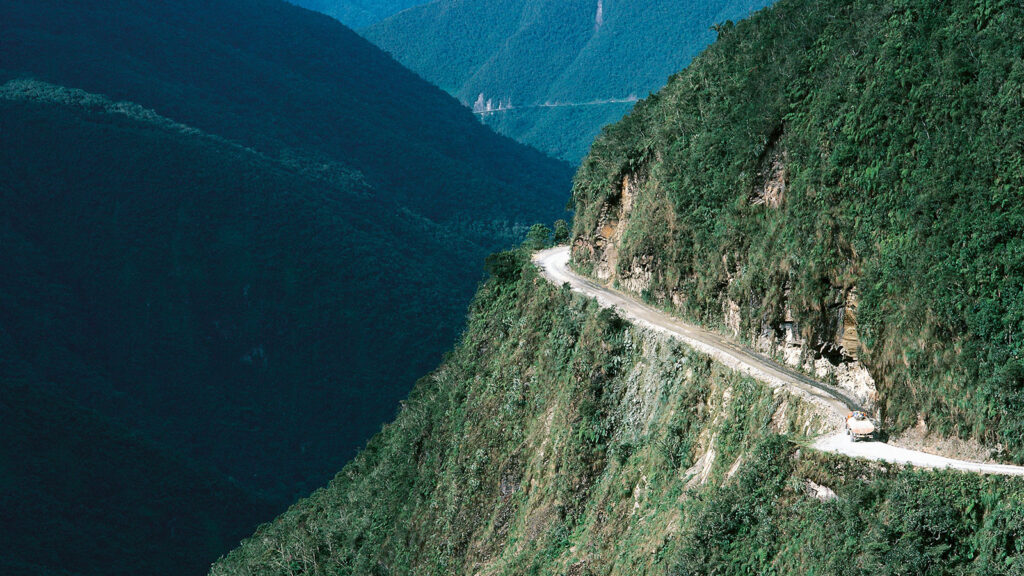
Hold tight as we venture to Bolivia to tackle the infamous North Yungas Road, aptly nicknamed “The Road of Death.” This treacherous route connects the city of La Paz with the town of Coroico and has gained notoriety as one of the most dangerous roads in the world.
The North Yungas Road winds its way through the mountains, featuring narrow and uneven tracks, sheer drops of up to 900 meters, and minimal guardrails. Dense cloud cover often limits visibility, adding an extra layer of danger to an already difficult journey. Despite being officially closed to traffic, adventurous cyclists still flock to test their mettle on this iconic road.
The route includes the Cotapata-Santa Bárbara section. It replaced the old road, built in 1930. It was considered dangerous[1] because of its steep slopes, narrow single track, lack of guardrails, rain, and fog, and was nicknamed the “Road of Death”. However, it was not the most dangerous road in the region.[4] Unlike the rest of the country, traffic was left-hand, to allow the driver to assess the distance of their outer wheel from the edge of the road.[5]
3. Zojila Pass, India
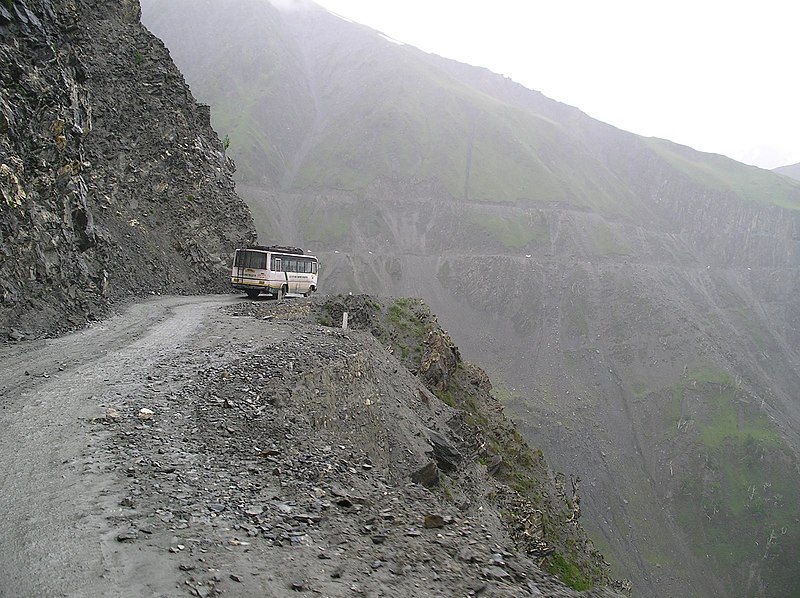
Prepare for a heart-stopping adventure as we make our way to the Zojila Pass in Indian Kashmir. This high-altitude mountain pass is infamous for its narrow sections, where a single car can struggle to fit through. The road is often rendered impassable during the winter months due to extreme weather conditions, including heavy snowfall and ice.
With no protective barriers along its winding path, drivers must exercise caution to navigate the treacherous drops that lie just inches away. Four-wheel drive vehicles are strongly recommended for those brave enough to take on this section of the Indian National Highway 1D between Srinagar and Leh.
Zoji La is about 100 km from Srinagar, the capital of the Union Territory of Jammu and Kashmir, and 15 km from Sonmarg. It provides a vital link between Ladakh and the Kashmir Valley. It runs at an elevation of approximately 3,528 metres (11,575 ft), and is the second-highest pass after Fotu La on the Srinagar–Leh National Highway. It is often closed during winter, though the Border Roads Organisation (BRO) is working to extend traffic to longer periods in winter. The Beacon Force unit and The Vijayak Force unit of the BRO are responsible for the clearing and maintenance of the road during winter. Driving through the pass in winter means driving between thick walls of ice on both sides.
4. Atlantic Road, Norway
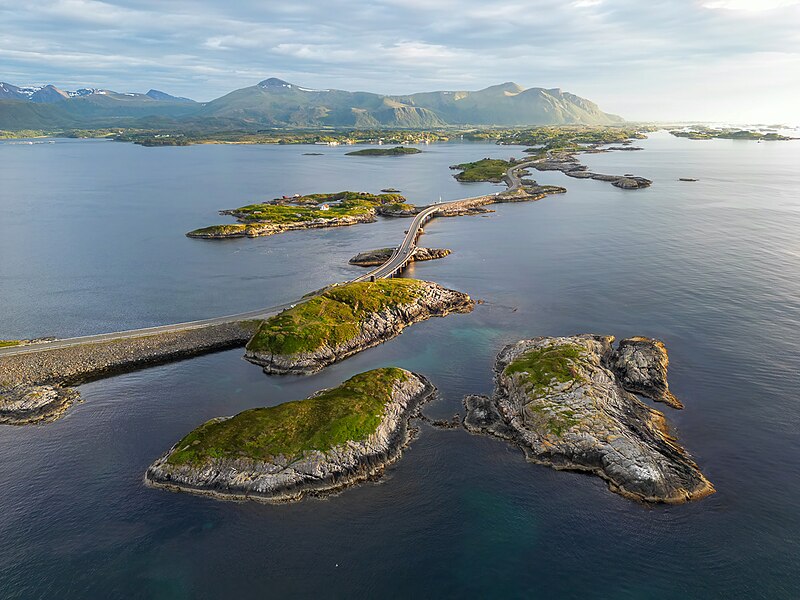
Prepare for a breathtaking experience as we journey to Norway’s Atlantic Road. This scenic route, linking the towns of Kristiansund and Molde, is a marvel of engineering and a feast for the eyes. However, it also earns its place among the most dangerous roads in the world.
The Atlantic Road features eight awe-inspiring bridges, including the iconic Storseisundet Bridge that appears to defy gravity. Serpentine twists and turns give the sensation of riding a rollercoaster, while unpredictable weather conditions, such as sudden loss of visibility and high winds, add an element of unpredictability.
The route was originally proposed as a railway line in the early 20th century, but this was abandoned. Serious planning of the road started in the 1970s, and construction started on August 1, 1983. During construction, the area was hit by 12 European windstorms. The road was opened on 7 July 1989, having cost 122 million Norwegian kroner (NOK), of which 25 per cent was financed with tolls and the rest from public grants. The collection of tolls was scheduled to run for 15 years, but by June 1999 the road was paid off and the toll removed. The road is preserved as a cultural heritage site and is classified as a National Tourist Route. It is a popular site for film automotive commercials, has been declared the world’s best road trip,[1] and has been awarded the title “Norwegian Construction of the Century”. In 2009, the Atlantic Ocean Tunnel opened from Averøy to Kristiansund; together they form a second fixed link between Kristiansund and Molde.
5. Guoliang Tunnel Road, China
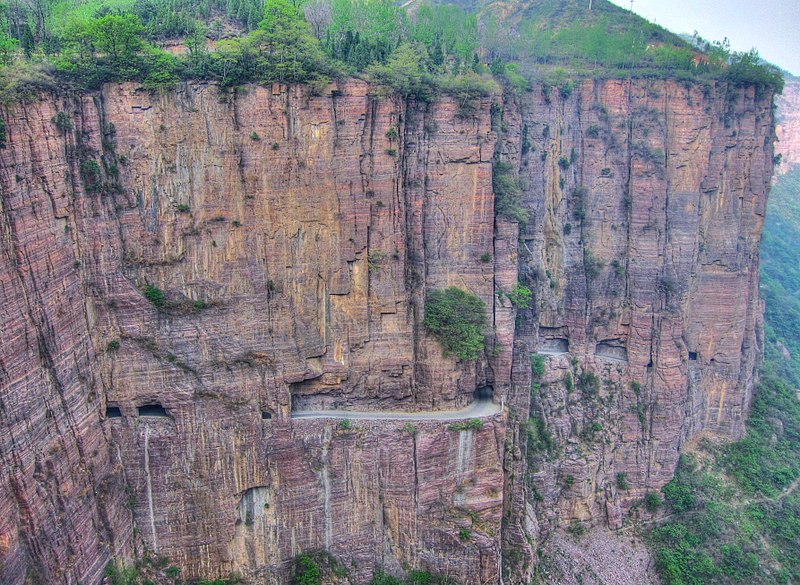
Prepare for an adrenaline rush as we explore the Guoliang Tunnel Road in China. Carved by hand through a rocky mountain face by villagers from the secluded village of Guoliang, this road is not for the faint-hearted. With its narrow width and lack of guardrails, it demands unwavering focus and nerves of steel.
The Guoliang Tunnel Road stretches for 1.2 kilometres, with sections barely wide enough for two cars to pass. Questions about its structural integrity add an extra layer of uncertainty, while the area’s propensity for fog, mudslides, and rockfalls make every journey a nail-biting experience.
The village, named after a rebel from the Han dynasty, was initially difficult to access due to its remote location surrounded by mountains. In 1972, villagers led by Shen Mingxin decided to carve a road into the mountain to connect the village to the outside world. The project, funded by selling livestock, involved thirteen villagers using basic tools like hammers and chisels. The 1.2-kilometre tunnel, 5 meters tall and 4 meters wide, took five years to complete and opened on May 1, 1977. The tunnel’s construction transformed the village into a tourist attraction and a popular film location.
6. Skippers Canyon, New Zealand
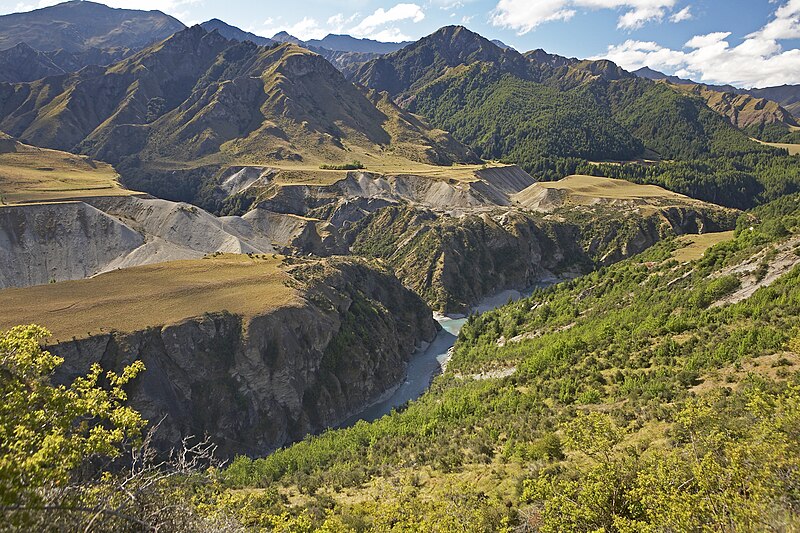
Our next stop takes us to the stunning landscapes of New Zealand’s South Island, where we encounter the treacherous Skippers Canyon. Hand-carved by miners in the late 1800s, this unpaved road is a testament to human determination and serves as a reminder of the dangers that lurk in this remote region.
Skippers Canyon is notorious for its sharp bends and steep drops to the Shotover River below. Its narrow and winding path, combined with the absence of protective barriers, makes it an extremely challenging route to navigate. Rental agencies often prohibit their vehicles from travelling on this road, emphasizing its inherent risks.
7. Rodovia da Morte, Brazil
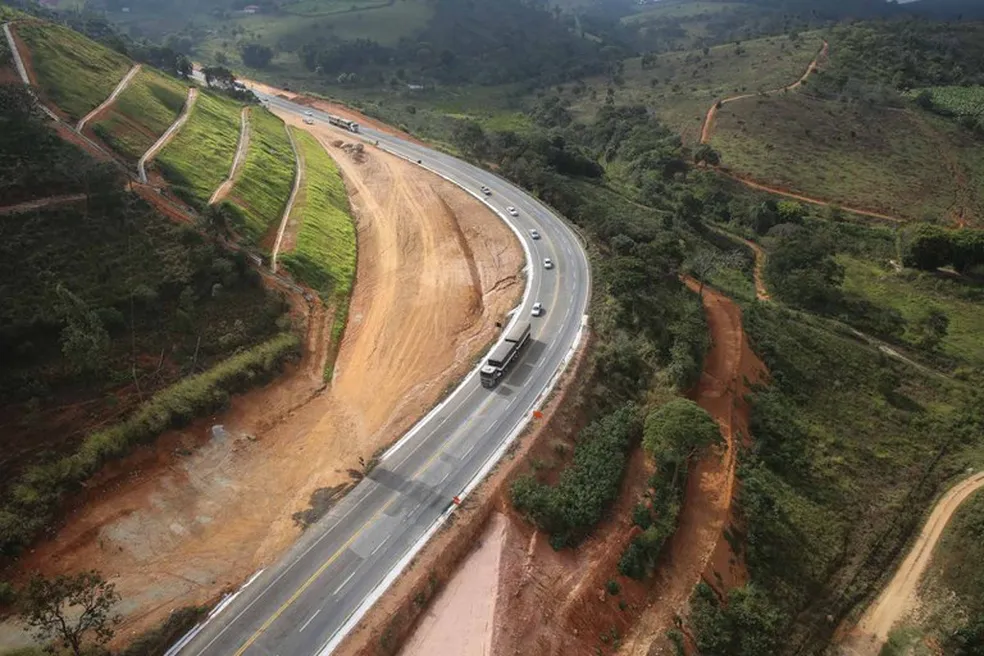
Brace yourself for a harrowing journey along Brazil’s Rodovia da Morte, or the Highway of Death. Stretching from Fortaleza to Jaguarão, this road has earned its grim nickname due to the thousands of deaths that occur on its treacherous path each year.
The Rodovia da Morte presents a deadly combination of factors, including bad weather conditions, winding roads perilously close to the mountainside, and the risk of encountering armed gangs. These hazards make every journey along this route a nerve-wracking experience, demanding utmost caution and vigilance from drivers.
8. Fairy Meadows Road, Pakistan
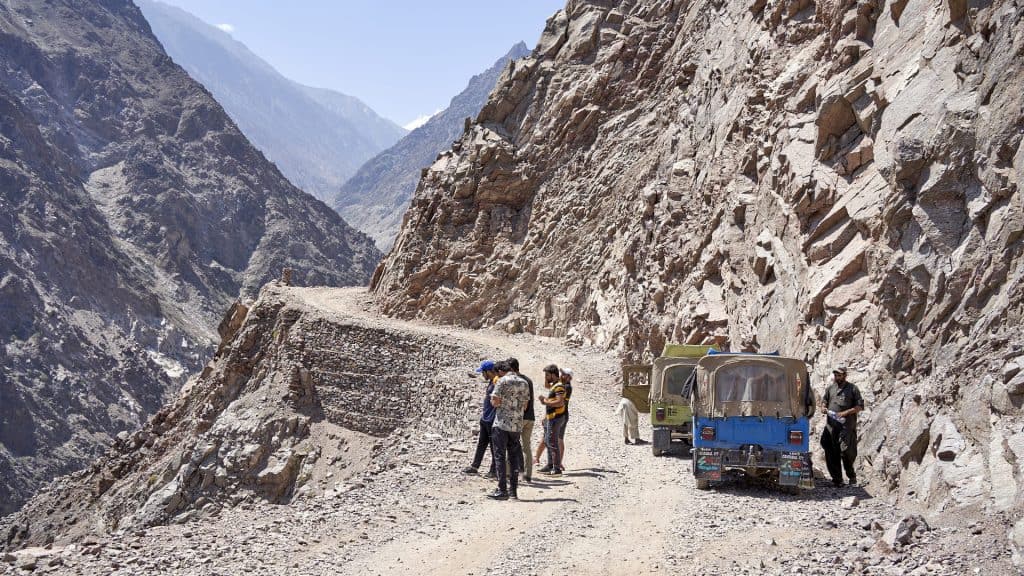
Our adventure takes us to Pakistan, where we encounter the Fairy Meadows Road, a true test of nerves and driving skills. Carved into the Himalayas, this rugged road leads to Nanga Parbat, also known as “The Killer Mountain.”
Fairy Meadows Road stretches for 10 miles, with an unpaved and uneven surface that adds an extra layer of difficulty to the journey. The road reaches an altitude of over 3,300 meters and offers no guardrails to protect drivers from sheer drops. Despite the dangers, the road’s enchanting surroundings continue to attract visitors willing to brave the risks.
9. Kolyma Highway, Russia
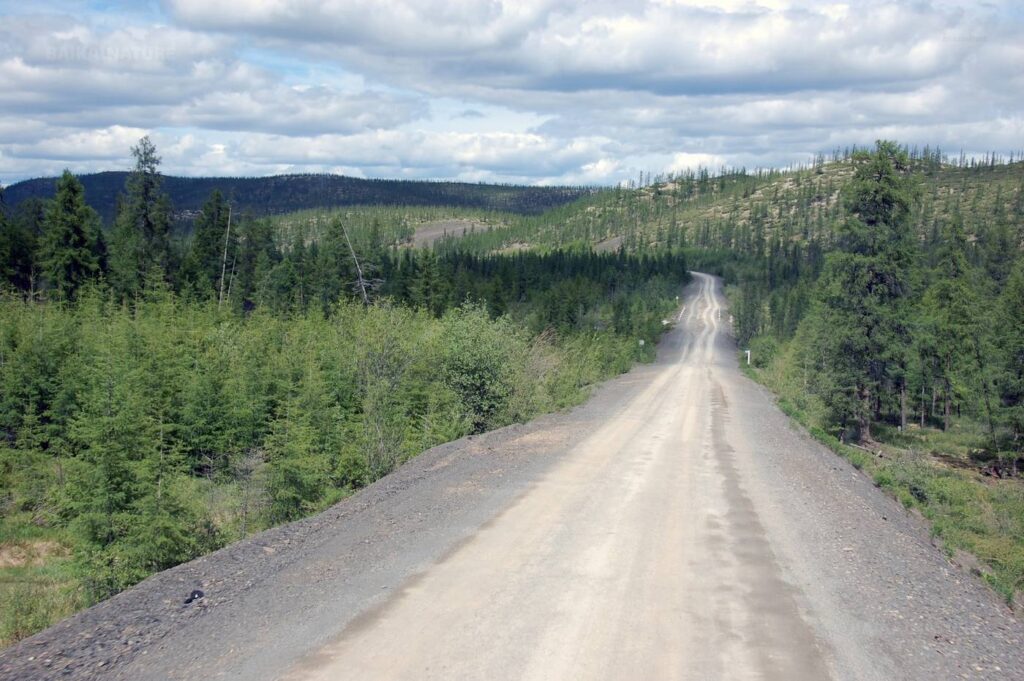
Our next destination takes us to Russia’s Kolyma Highway, a road that weaves its way through some of the harshest and most unforgiving landscapes on Earth. Also known as the “Road of Bones,” this highway stretches to Yakutsk, a city famous for recording the coldest temperature outside of Antarctica.
The Kolyma Highway presents a unique set of challenges, with temperatures dropping so low during winter that drivers must avoid wearing glasses to prevent them from freezing to their faces. In summer, the road transforms into a muddy and sandy quagmire. Crossing mountains, deserts, and forests, this unpaved highway demands resilience and resourcefulness from those who dare to venture along its path.
10. Bayburt D915, Turkey
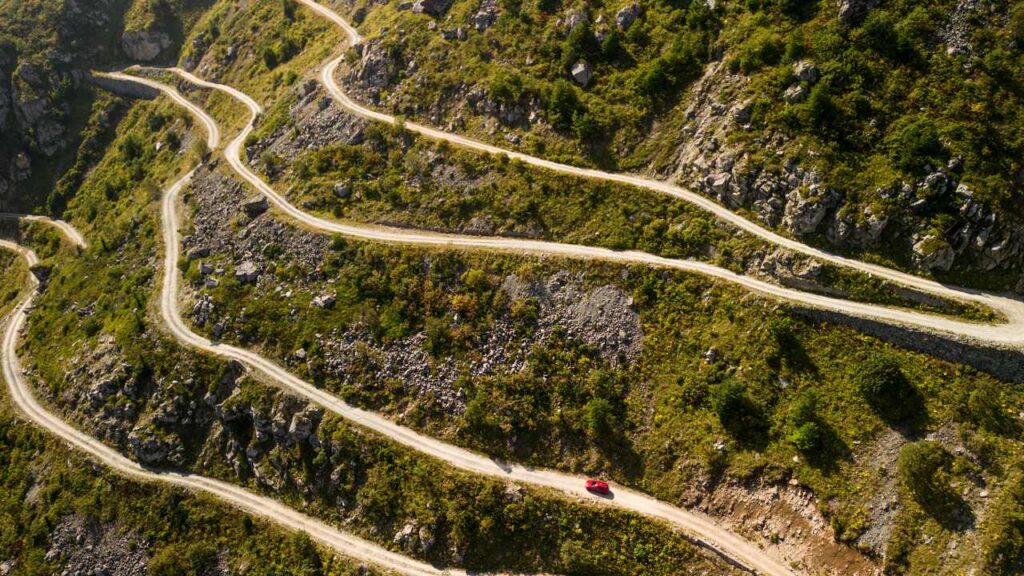
Our final stop takes us to Turkey, where we encounter the Bayburt D915, a road that epitomizes danger and challenge. With its 29 hairpin bends and lack of protective barriers, this high-altitude road is a true test of driving skills and nerves.
Extreme weather conditions, including snow blizzards and avalanches, render parts of the road impassable during the winter months. The road’s surface, predominantly loose gravel, further adds to the difficulty of navigating this treacherous route. Despite its risks, the Bayburt D915 remains in regular use, serving as a lifeline for locals who traverse its hair-raising twists and turns daily.
Conclusion – Most Dangerous Roads in the World
As we conclude our journey through the most dangerous roads in the world, we are reminded of the incredible challenges and risks that drivers face on these treacherous routes. From Alaska to Bolivia, India to Turkey, each road presents its own unique set of dangers and demands the utmost caution and skill.
While these roads may offer breathtaking views and a sense of adventure, they should never be underestimated. Drivers must approach them with respect and be prepared for the unexpected. Whether it’s the steep drops of the North Yungas Road or the extreme weather conditions of the Dalton Highway, these roads are a true test of courage and skill.
So, the next time you embark on a journey, take a moment to appreciate the roads you travel on and the remarkable feats of engineering that make them possible. And if you ever find yourself on one of these dangerous roads, remember to buckle up, stay alert, and enjoy the thrilling adventure that lies ahead. Stay safe and happy travels!





